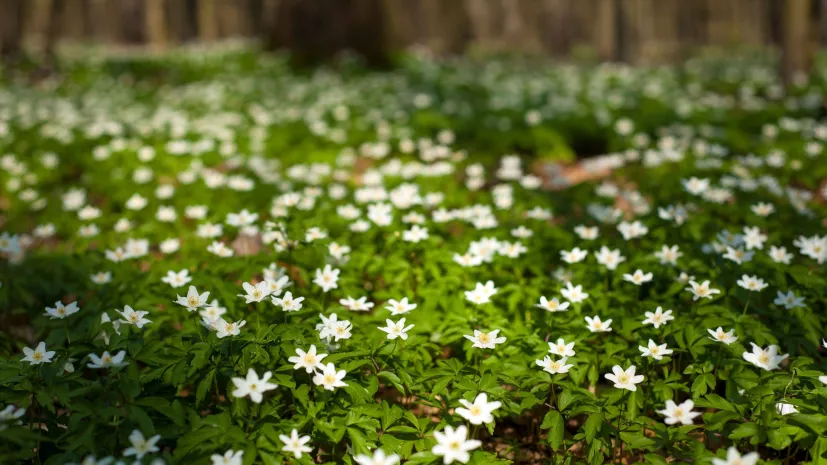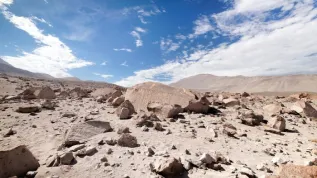-

The presence of 'costly traits' can positively affect the population
The presence of 'costly traits' useful for reproductive competition can have a positive effect on the population by purging harmful mutations or promoting adaptation variants, shows research of scientists from Poznań, Kraków and Ghent.
-
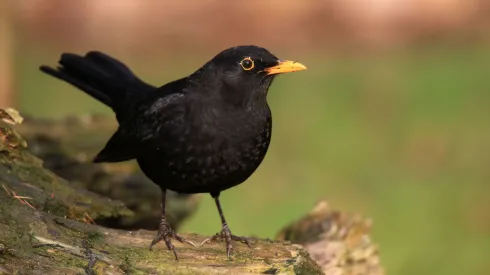
Białystok biologists find microplastics in gastrointestinal tracts of birds
Scientists from Białystok have found traces of microplastics from packaging film and plastic bags in the gastrointestinal tract of blackbirds and song thrushes.
-
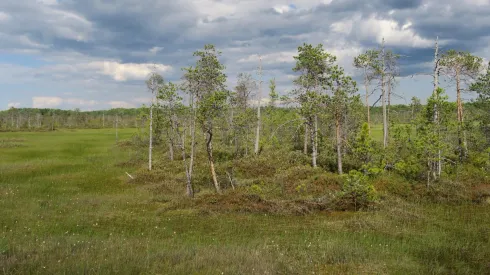
Peatlands in the far north are severely stressed
Over the past 120 years, the vast majority of peatlands in high latitudes - mainly in the Arctic - have undergone major changes. More than half of the studied wetlands have dried, and a third became more wet.
-
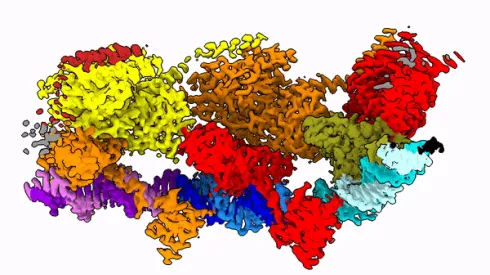
CTRL+X and CTRL+V in DNA: Jumping genes caught mid-jump
Transposons, known as jumping genes, can 'cut themselves out' from the DNA, and then paste into its another, often precisely selected place. Scientists view them as the future of genome editing. Polish researchers have recently completed a difficult task: they described the key protein related to the action of the transposon when this is 'getting ready to jump'.
-

Non-English-language scientific publications are also important, research shows
The widely held assumption that any important scientific information would be available in English underlies the underuse of non-English-language science across disciplines. Meanwhile, they often provide important information on the protection of biodiversity in the world, says Dr. Joanna Kajzer-Bonk, a biologist from the Jagiellonian University.
-
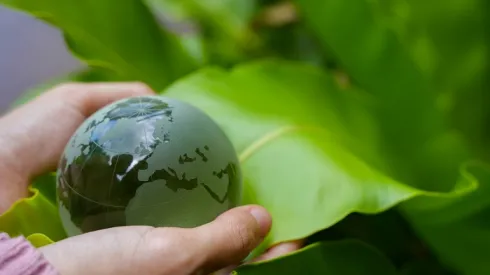
Ecologist from the Polish Academy of Sciences: We often deal with populist consumption of art and nature
A leading ecologist says that although we often deal with populist consumption of art and nature, there are studies that show that 'profit and populism are not obvious choices.’
-

Evolution, human migrations, and vitamin D deficiencies
When did organisms learn to synthesize vitamin D? How did its functions change throughout our evolution, and how did this affect the entire Homo sapiens species? Professor Carsten Carlberg answers these questions in his latest scientific publication.
-
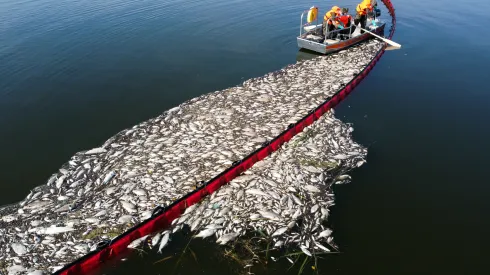
Professional monitoring of animal mortality would help to determine Oder contamination faster, says scientist
According to Dr. Michał Żmihorski, director of the Mammal Research Institute of the Polish Academy of Sciences in Białowieża, monitoring of animal mortality in the Oder, as well as a professional methodology, would make it possible to determine the contamination mechanism faster and minimize its effects more efficiently.
-
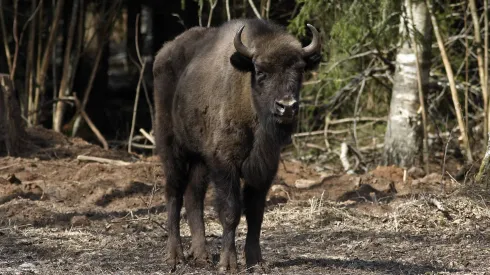
War puts transport of Polish bison to Chernobyl on hold
Plans to transport European bison from Poland to Chernobyl in Ukraine have been put on hold because of the ongoing war.


